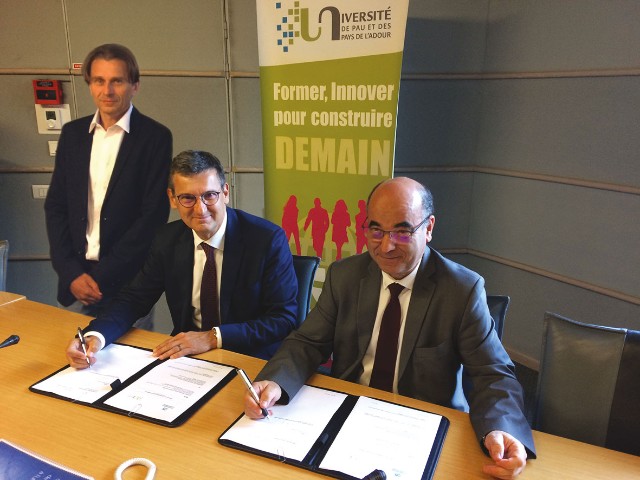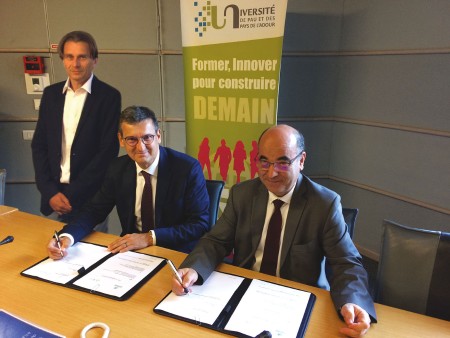History, culture and heritage (HCP)A history Chair to shed light on the present

Three questions to Laurent Jalabert, holder of the HCP Chair (history, culture and heritage), attached to the ITEM (identities, territories, expressions and mobility) laboratory.
How did the idea of this Chair blossom?
We wanted to build a structure that would allow the ITEM lab to work with partners in the private sector, regional authorities and players of the associative world. This Chair is the ideal tool for that. It gives us the chance to carry out ambitious projects centered on issues related to research on heritage and how to valorize it, while streamlining the relationships between fundamental research and teaching. In this way, the Chair backs the training of our PhD and Master’s students. It is also important to point out that we received valuable support from the French heritage foundation right from the start.
Can you give us some examples of research projects?
We conduct theme-based research or asset appraisals depending on the needs of our partners, communes, businesses or associations. Our most recent partner is the Crédit Agricole Pyrénées-Gascogne for which we are drawing up an exhaustive historical record from its creation to today. Our most solid project involves research on “The history of small winegrowers” supported by the winegrowers of Buzet, the House of Armagnac Dartigalongue, and the Nouvelle-Aquitaine region. We try and concentrate on specific fields.
Could you tell us a bit more about the partnership with the Cave de Buzet?
The program was kicked off in 2014 and was organized around four different aspects: an inventory of the private funds available and classification of the winery’s archives; recording the memories of the winegrowers; an appraisal of the winegrowing heritage of Buzet; and a historical record of the cooperative winery. To understand the present, our partners need to dive into the past of their company, its governance, its identity, its relationship with the region... and this is what we offer them. In return, they help us develop our research on small vineyards across the world and communicate our findings (symposiums, books, scientific articles etc.). This should keep us busy until 2024.


